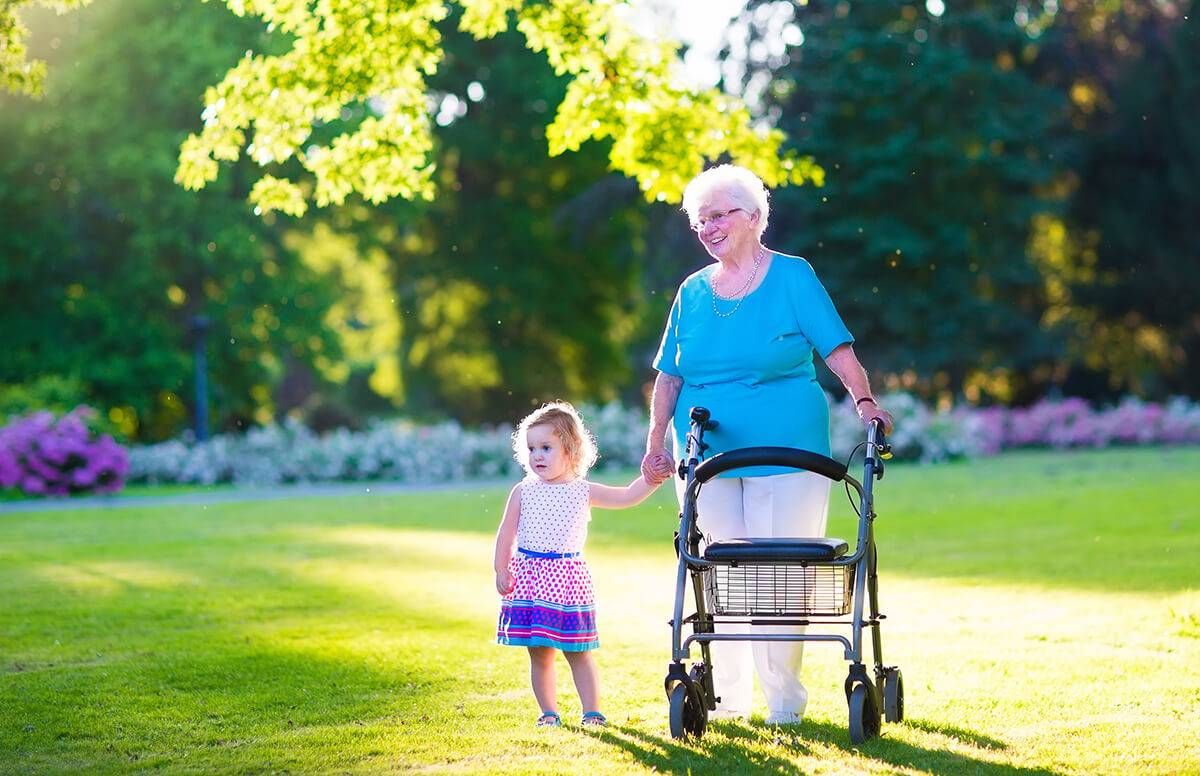The 8 Challenges of Aging
Aging 2.0 is driving collaboration around them all
(This essay is the seventh in the Milken Institute Center for the Future of Aging series, The Business of Aging, running on Next Avenue weekly over the next few months. The essays are a companion piece to the center’s new report, Silver to Gold: The Business of Aging.)

Global aging and technology innovation are each occurring at an unprecedented rate. The intersection of these two global macro trends creates significant need and opportunity for new products and services to transform and tech-enable the aging experience.
Earlier this year, Aging2.0 introduced the Grand Challenges, a global initiative to drive collaboration around the biggest challenges and opportunities in aging. Identifying these challenges required five years of bottom-up and top-down dialogue with stakeholders from across an interdisciplinary, intergenerational, international community of older adults, senior care providers, thought leaders, and entrepreneurs.
The 8 Challenges of Aging
Each area reflects a significant need and market opportunity, or an area where there is ample opportunity to “do good and do well.” Namely:
1. Engagement and Purpose: Ageism and outdated social norms have resulted in isolated and marginalized older adults in both rural and urban communities. Helping older adults get and stay meaningfully engaged is critical for their health and the health of our communities.
New and creative ways are needed to not only tap into their wisdom but also to provide opportunities for lifelong learning and meaningful engagement across the lifespan.
2. Financial Wellness: People are living longer and traditional models of work and retirement have not kept pace. Financing longevity will require new models, new tools and new norms. New opportunities for later life employment, new models for planning and financing care and better ways to prevent scams and fraud are needed.
3. Mobility and Movement: Everyday objects, homes and communities not originally designed with longevity in mind often become obstacles to movement, safety, independence and socializing. Remaining safe and mobile are top priorities for older adults.
There is a need for products, programs, and services that enable people to maximize their safety, strength, balance, fitness, independence and mobility as they age.
4. Daily Living and Lifestyle: The majority of older adults state a preference to “age in place,” yet one third of people over 65 need assistance with at least one activity of daily living (e.g. eating, bathing, dressing).
Products and services are needed to help support not only older adults’ basic daily activities but also to foster and support their ability to thrive, pursue their passions and engage with their chosen lifestyles.
5. Caregiving: Care for older adults is provided by informal (unpaid) and formal (paid) caregivers. Both groups are increasingly caring for people with higher levels of acuity and complex conditions.
Family caregivers — who are often juggling other family and work responsibilities and living remote from the care recipient — need better support, training, resources and tools to help them take care of their loved ones and themselves.
On the professional side, staff shortages and quality concerns loom large, so new solutions are needed to help attract, train, develop and leverage scarce human capital.
6. Care Coordination: The health care journey can be particularly complex and fragmented for older adults, two-thirds of whom have at least two chronic conditions.
With the overwhelming majority of health care dollars spent managing chronic conditions, families and health insurance providers are aligned in their desire to care for people in the least restrictive, most cost effective setting.
Families and providers need new tools and care models to support care transitions, clinical collaboration, medication management, population health management and remote care delivery.
7. Brain Health: Alzheimer’s disease is the 6th leading cause of death in the United States and is projected to cost $1.1 trillion by 2050. Incidence of Alzheimer’s disease is 33 percent among people over 85 years old, the fastest growing segment of the population.
While there remains no cure for Alzheimer’s disease, better tools and services are needed to increase awareness, develop tools for early prediction and diagnosis, optimize cognitive fitness, slow cognitive decline and support caregivers.
8. End of Life: Death is inevitable, but that doesn’t seem to make it any easier to talk about or prepare for. As a result, 25 percent of the Medicare budget is spent on the last year of life and many people still do not die where or how they want.
Families and providers need help navigating end of life options, having the difficult conversations and ensuring that end of life wishes are met.
We believe these are the challenges of our age and for the ages. We invite everyone to join our global movement at www.aging2.com.

